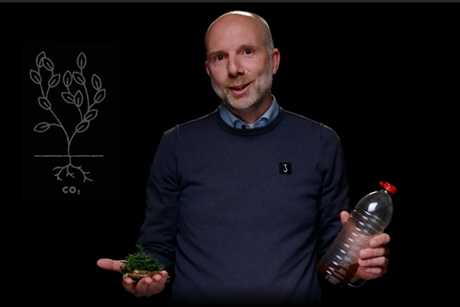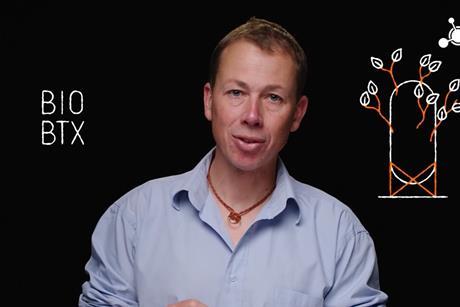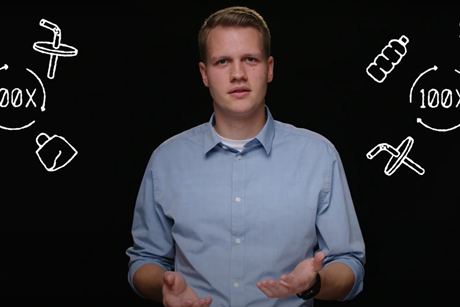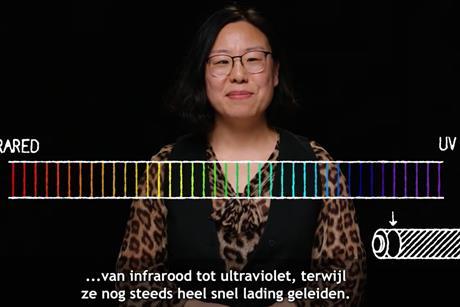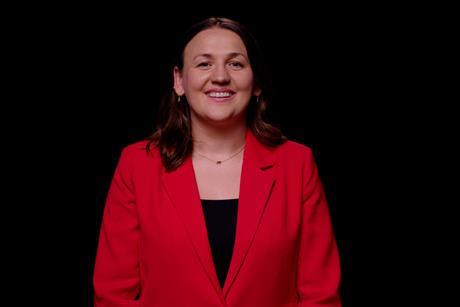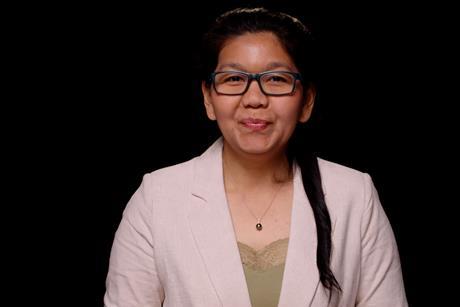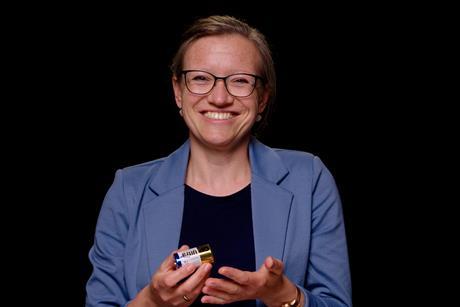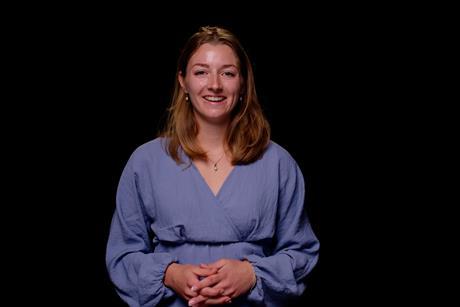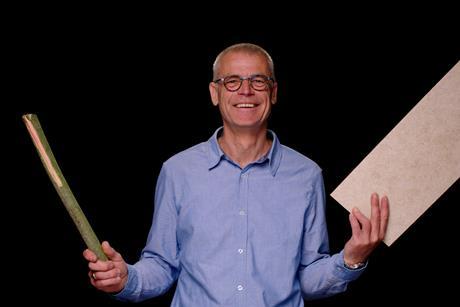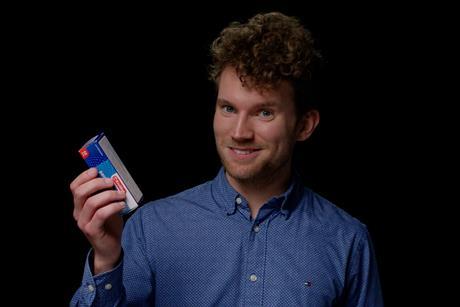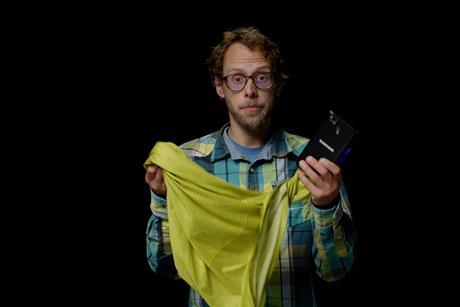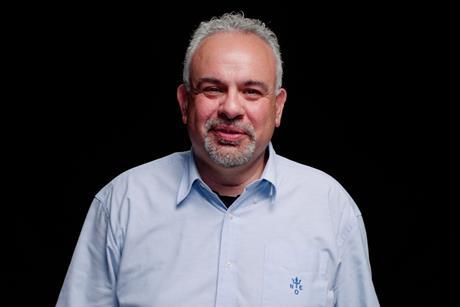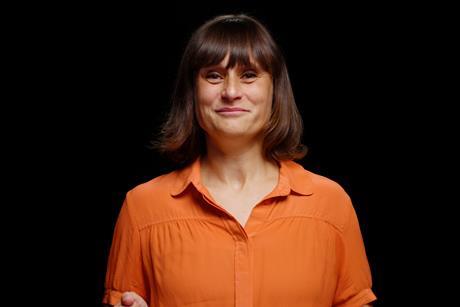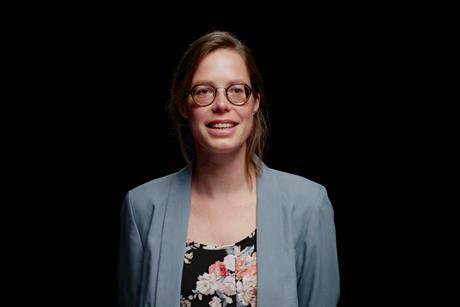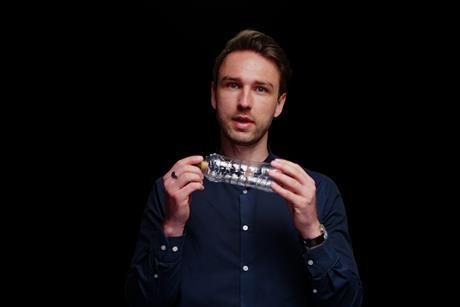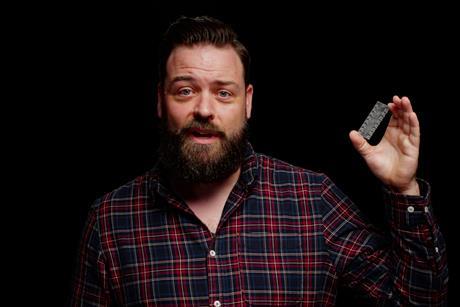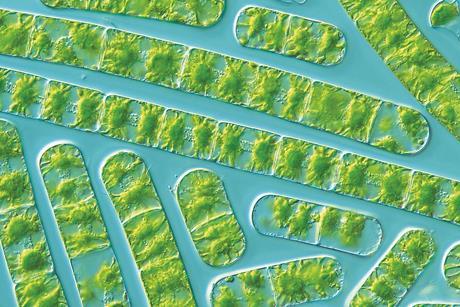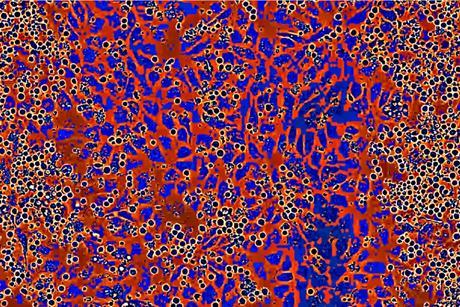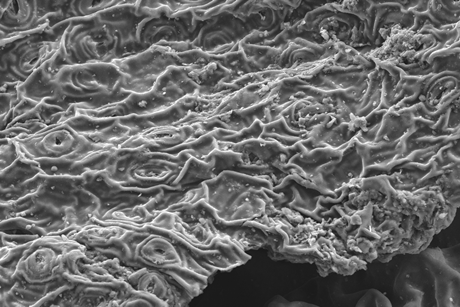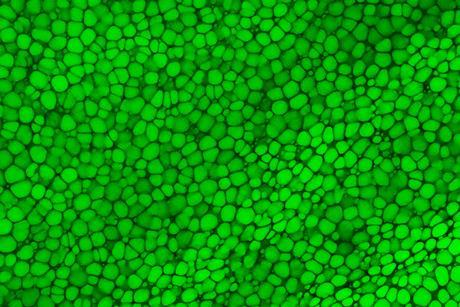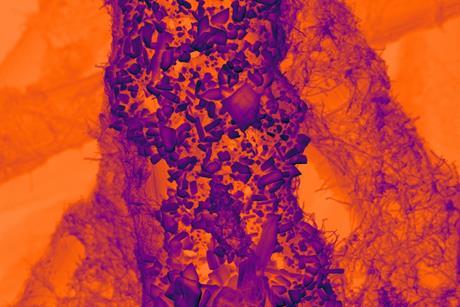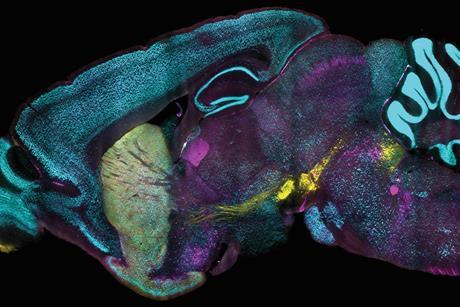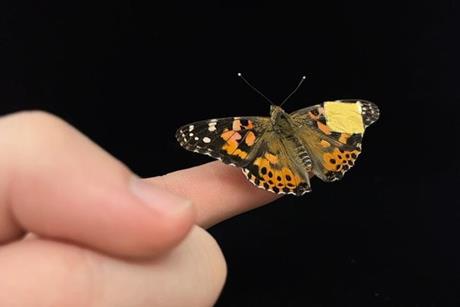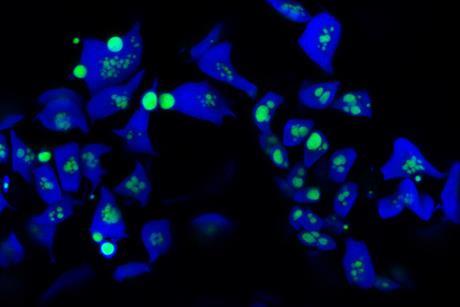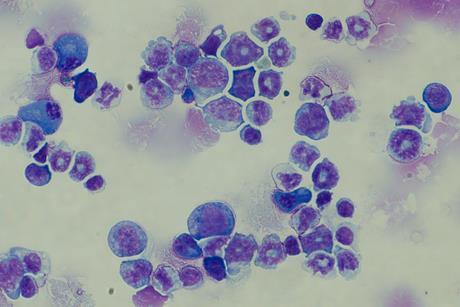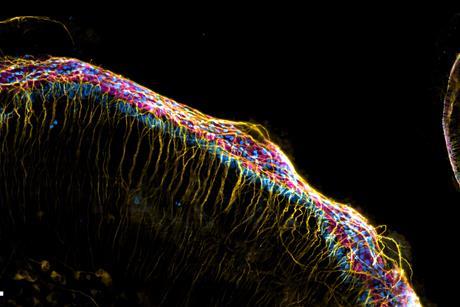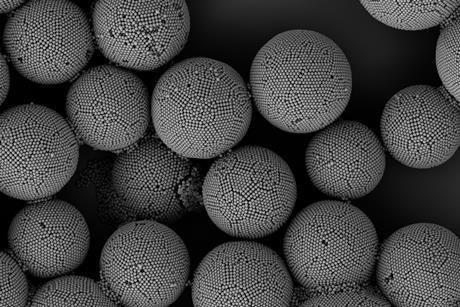Eye-openers
Cooling down the earth through use of bioenergy with carbon storage
Cooling down the earth through use of bioenergy with carbon storage. By using biomass not only as an energy source, but also reducing CO2 in the process, you create a system where you lower CO2 in the atmosphere. As a result, you cool the earth.
BioBTX develops technology for sustainable aromatics
BioBTX has developed technology to sustainably manufacture high-performance materials by converting waste into chemical building blocks.
Adrian Hergesell – Stretching plastic bonds for recycling
Adrian Hergesell is working on an alternative and much more sustainable way of recycling plastic using a ball mill and renewable energy.
Future electronics powered by light
Imagine a future where light itself powers our devices. Shuxia Tao uses advanced computer simulations to predict how materials behave even before they are made, to accelerate the design of better semiconductors so that – in the future – your phone can be charged directly by the sun.
Enzyme Superheroes
Ivana Drienovská specializes in designing enzymes for reactions that do not occur in nature.
Harnessing AI for a greener future
Using AI, Nongnuch Artrith predicts which new materials have the most potential. This way, AI can help us create a greener future.
Electricity from greenhouse gas eating bacteria
Cornelia Welte is working on a battery in which methane is converted into green energy through microbes.
A customised cellular living environment
Maritza Rovers builds a microgel that supports damaged cells in our bodies.
Plastic can be fantastic!
BlueAlp is working on a solution to make circular plastics.
Building with (pruning) wood
Burning construction waste and wood is not efficient. Beyond Wood produces building materials from pruning waste that can be used more than once.
Stephan Hacker – Searching for weak points in bacteria
Stephan Hacker uses molecules to find weak spots in resistant bacteria so that we can continue to develop new antibiotics.
Maurits de Roo – Chemical reactions using electricity instead of chemicals
Maurits de Roo is looking for a way to make molecules with electricity without fossil resources.
Pascal Vermeeren – Unraveling chemical mysteries with new models
Pascal Vermeeren develops models (algorithms) to discover and unravel the mysterious world of surface chemistry.
Making products of the future from CO₂ with bacteria
Nico Claassens wants to use bacteria to make plastics using CO2 from the air as a carbon source instead of (crude) oil.
Tassos Perrakis – Proteins for the people
Tassos Perrakis studies the structure of proteins to understand how they interact and how that impacts cancer.
Alina Chanaewa – Sensing carbon fibre composite cracks
Eddytec has developed an efficient method to quickly assess carbon fibre composites.
Suzan Stelloo – Exploring early human embryogenesis using stem cells
Suzan Stelloo studies proteins to reveal what causes birth defects.
Harith Gurunarayanan – Unlocking the enigma of chemical reactions
Harith Gurunarayanan is developing a tiny sensor that can monitor and analyse in real time the molecules produced during high-temperature reactions.
Fabian Eisenreich – Sunlight-driven plastic recycling
Fabian Eisenreich is investigating how we can use light to break down plastic to reduce the amount of plastic waste that pollutes our environment.
Roy van der Meel – Making your own tailor-made drugs
Roy van der Meel is investigating whether he can use natural building blocks such as fats to transport mRNA codes around the body.
Photo Chemistry
Stress-resistant algae
Plants have a lot to endure. Burning heat, extreme drought, hungry insects, destructive fungi and so on. Researchers in Göttingen have looked at the response to these stress factors in detail from algae and compared them to land plants.
Stem cell switch
A single molecular ‘switch’ seems sufficient to activate stem cells. This finding has the potential to significantly improve the efficacy and reliability of cell therapies and bone marrow transplants.
S(tea)ping against metals
Some cultures serve a cup of tea with every meal. Recently, researchers at Northwestern University discovered that tea can filter out some of the heavy metals. As well as being tasty, a cup of tea now seems to have another small health benefit.
Protective bubbles
Fatty tissue is an important energy reserve. But it also acts as a super-strength protective ‘bubble wrap’ for fragile parts of the skeleton.
Tiny tin
A spectacular image of an electrocatalyst that exhibits spectacular behaviour. During CO2 reduction, this combination of tin particles on a nanotextured carbon support manages to improve its performance. The secret: particle breakdown.
Well marinated
Single-cell techniques offer many possibilities, but it is difficult to reach all the cells inside organs. Researchers at MIT have developed a new approach that brings those hard-to-reach parts into brilliant focus.
Soft, lightweight and biocompatible
A US team has developed an organic electrochemical transistor that is highly biocompatible, reports Nature Communications.
Turbocharger for photosynthesis
Hornwort, a moss, is capable of highly efficient photosynthesis thanks to a ‘turbocharger’ that allows this tiny plant to concentrate CO2 in its cells.
Small variations, serious consequences
Genetic variants of the BIM protein increase therapy resistance in leukaemia cells, researchers in Singapore show. Important findings for East Asian populations, where these variants are relatively common.
€5 million for better imaging
Amsterdam-based Confocal.nl has received a €5 million investment to make its live cell imaging more accessible. As a foretaste of what is possible, they have produced this stunning image of a mouse ear.
Creating colours
Colour is an intriguing phenomenon, as it is truly in the eye of the beholder. To create that sensation of colour, nanometer-scale particles need to be structured in just the right way.


